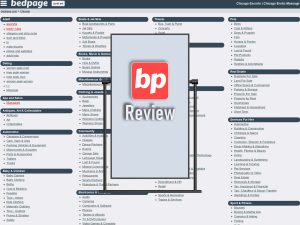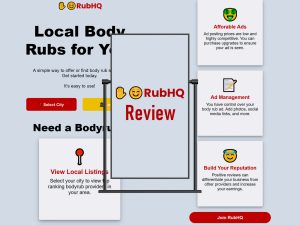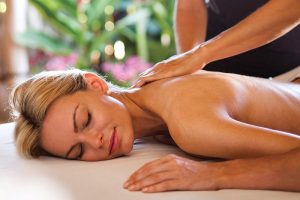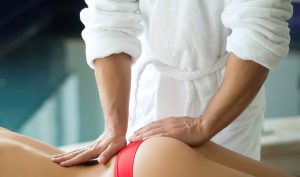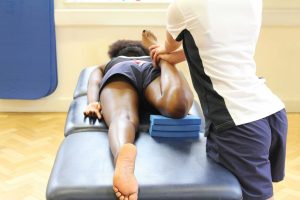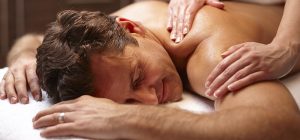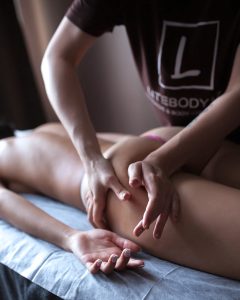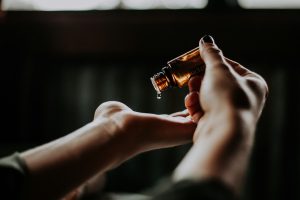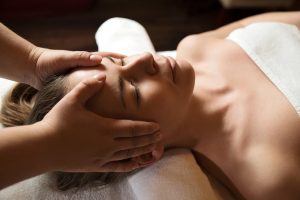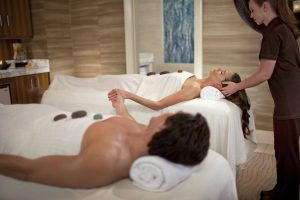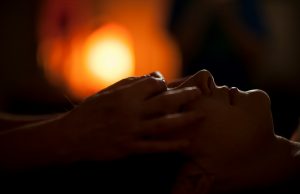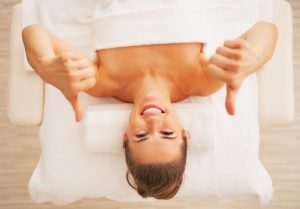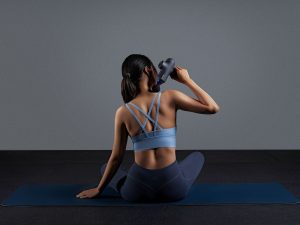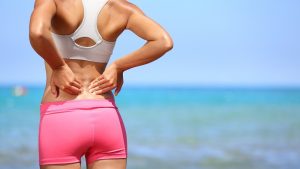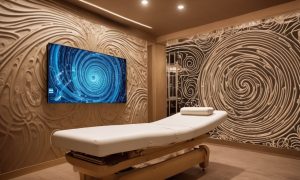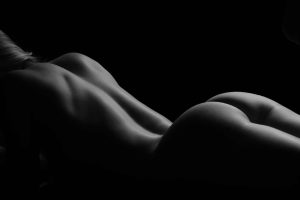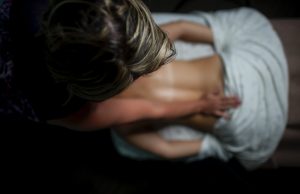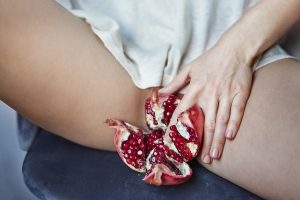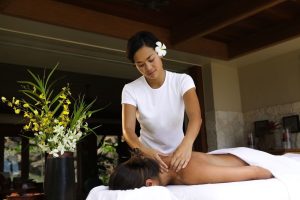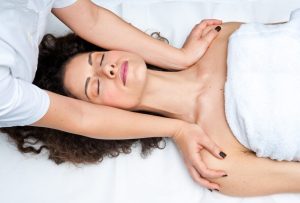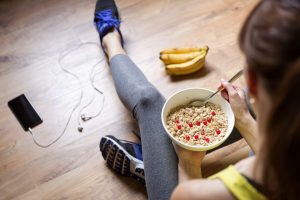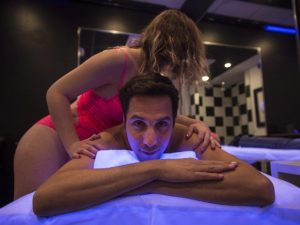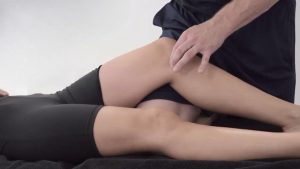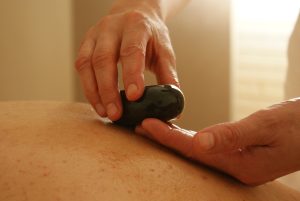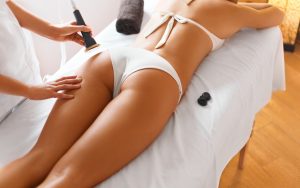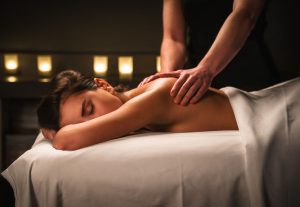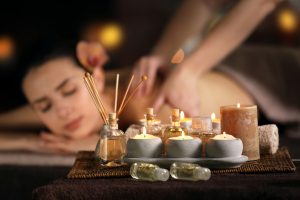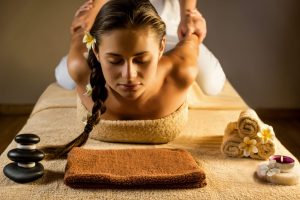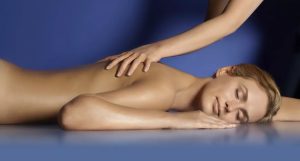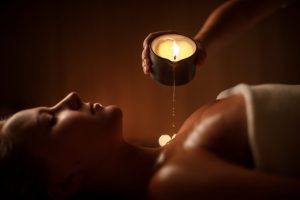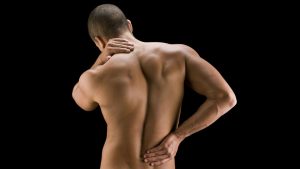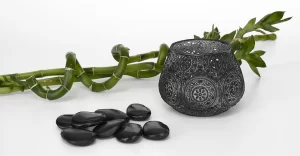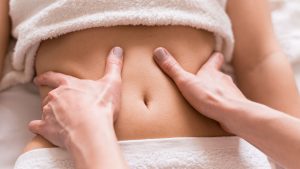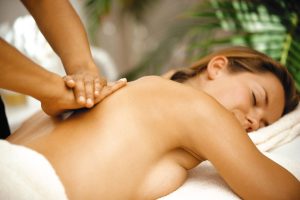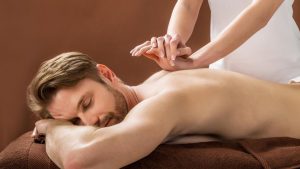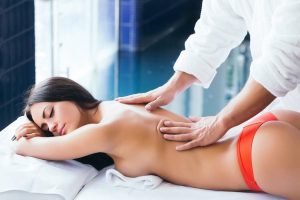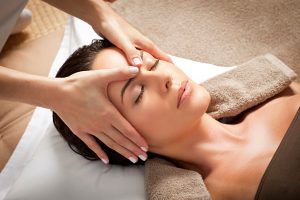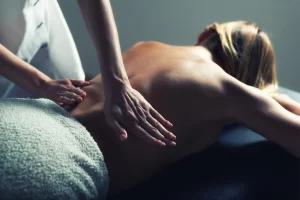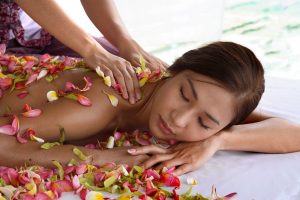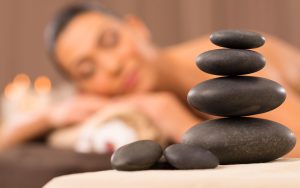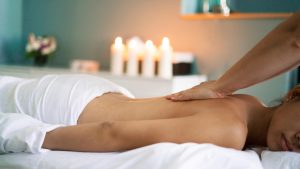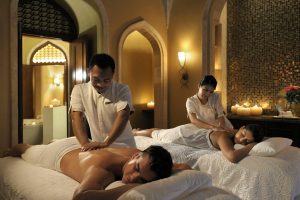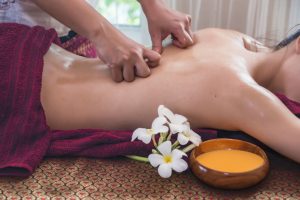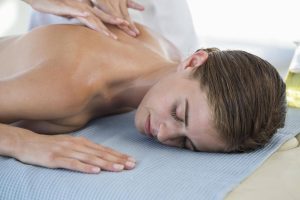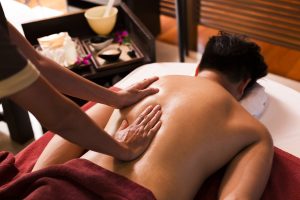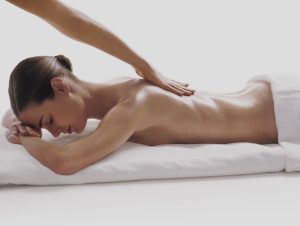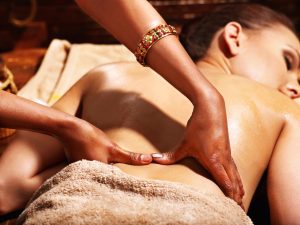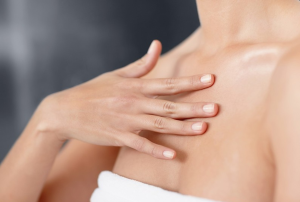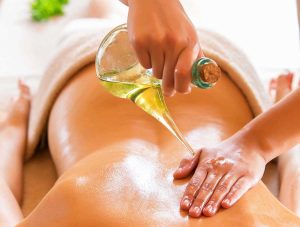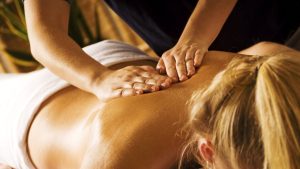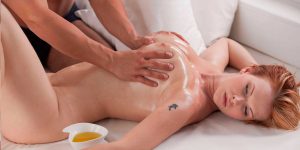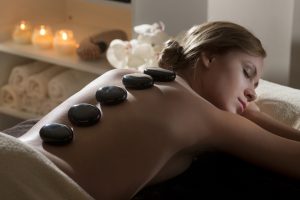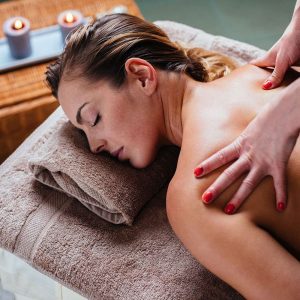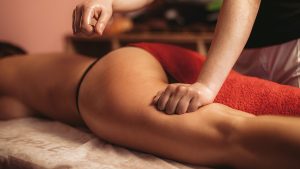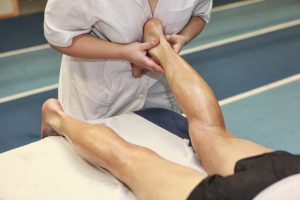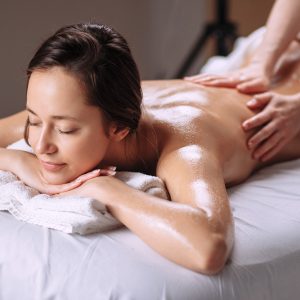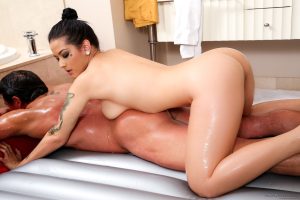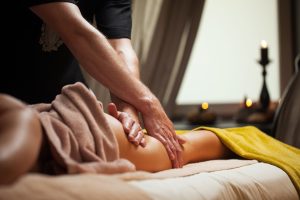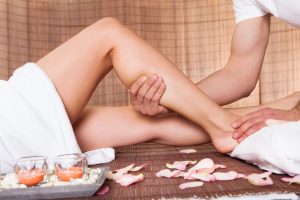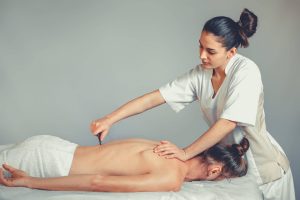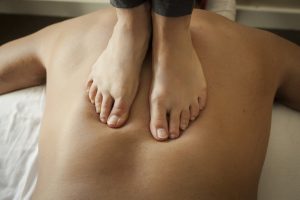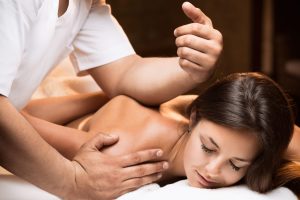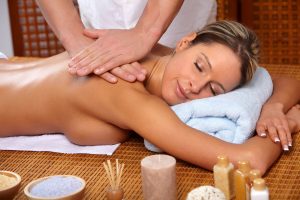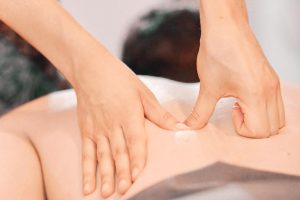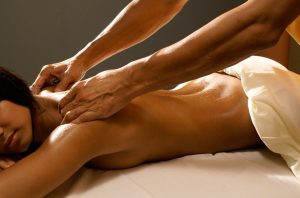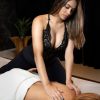Massage is an effective method of relaxation and recovery to improve physical and emotional well-being. However, few people think about how diet can affect the effectiveness of this amazing therapeutic experience.
The quality of the food you consume not only affects your physical condition but also influences the body’s ability to respond to the touches and therapeutic interventions of the massage therapist. In this article, we will explore the importance of choosing the right foods to create optimal conditions for a full and beneficial massage session.
Why is it important to eat before a massage?


Proper nutrition plays a crucial role in how your body responds to therapeutic interventions. Here are several key reasons why paying attention to your diet before relaxation is important:
- Energy and Endurance: Light, easily digestible food provides the body with necessary resources, helping to avoid feelings of fatigue during the session.
- Improved Blood Circulation: Some foods contribute to better blood circulation, enhancing the effectiveness of relaxation. This is especially important for those experiencing circulation issues.
- Muscle Relaxation: Certain foods rich in magnesium and calcium aid in muscle relaxation, creating more favorable conditions for the massage practice and reducing the likelihood of pain during the procedure.
- Avoiding Discomfort: Heavy or fatty foods, on the contrary, cause discomfort and a feeling of heaviness in the stomach.
- Supporting Internal Organs: Proper nutrition supports the normal functioning of organs such as the liver and kidneys, crucial for effectively eliminating toxins after the session.
Basic Principles of Nutrition Before Massage:


The food you choose significantly influences your physical and emotional state during the procedure. Here are some key principles of nutrition to consider:
- Lightness and Digestibility: Give preference to light, easily digestible foods.
- High Hydration Levels: Drink an adequate amount of water. Good hydration helps prevent dehydration during the massage and maintains overall body tone.
- Avoid Heavy and Fatty Foods: Refrain from heavy and fatty foods to avoid discomfort and heaviness in the stomach during the procedure.
- Moderation with Caffeine and Sugar: Limit excessive intake of these substances to maintain energy levels without potential discomfort.
Avoid New Products:


It is not recommended to try new foods before the session, especially if you have a predisposition to allergies.
- Foods to Avoid:
- Spicy Foods: Cause irritation of the skin and mucous membranes, creating additional discomfort.
- Carbonated Drinks: Induce nervousness and increased excitement.
- Alcohol: Limit alcohol intake before the session to avoid unwanted consequences.
When is the Best Time to Eat Before a Massage?
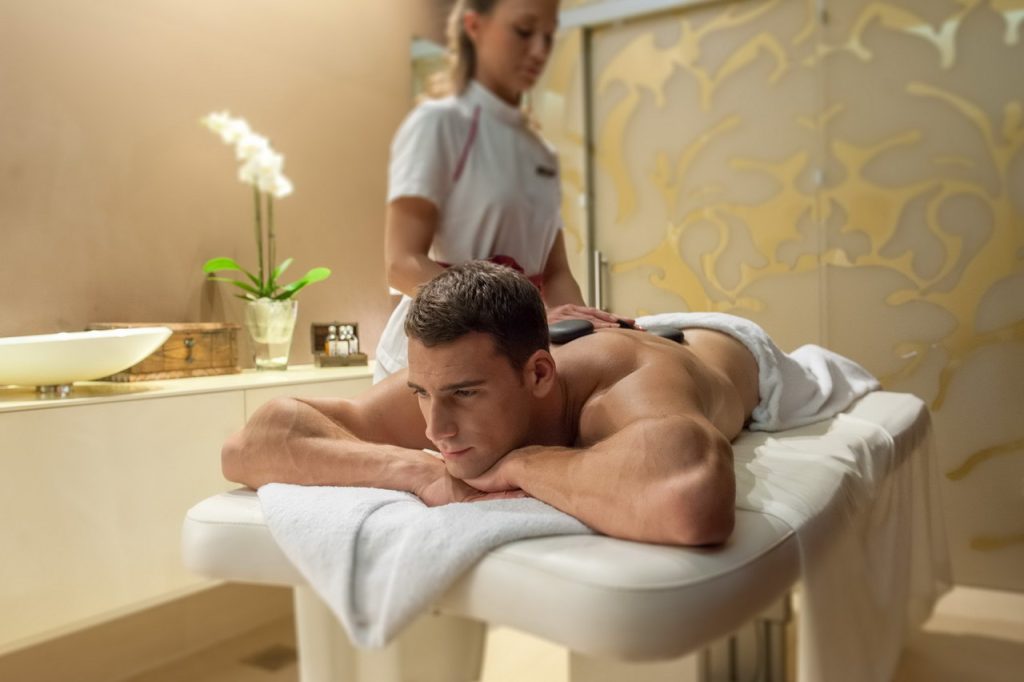

- Light breakfast 1-2 hours before the session if it is in the morning.
- Lunch 2-3 hours before the session if it is scheduled for midday.
- Dinner 2-3 hours before the session if the relaxation is planned for the evening.
- Snack 30-60 minutes before the session if you need to eat right before it; choose light snacks such as fruits or nuts
Sample Menu:
- Breakfast:
- Omelet with light vegetables (tomatoes, spinach).
- Oatmeal with sliced fruits (apples or pears).
- Green tea or water.
- Light Snack:
- Greek yogurt with honey and nuts.
- Unsweetened fruits (berries or kiwi).
- Lunch:
- Grilled chicken fillet with lemon sauce.
- Quinoa or baked potatoes with green vegetables.
- Mixed fresh vegetables (carrots, broccoli).
- Light Dinner:
- Steamed salmon with lemon and herbs.
- Mashed potatoes or baked potatoes with herbs.
- Spinach salad with olive oil and walnuts.
- Drinks:
- Water.
- Green tea or caffeine-free herbal infusions.
Questions and Answers:
What foods help improve sleep?
Tea with melissa has a calming effect and aids relaxation before sleep. Cherries contain melatonin, so their consumption helps regulate sleep. Cottage cheese, a source of protein, also stimulates sleep.
What dietary advice is there for chronic fatigue before a massage?
Eat small, regular meals every 3-4 hours to maintain energy levels. Ensure adequate intake of vitamins and minerals, especially B vitamins, iron, and vitamin C. Avoid fast carbohydrates, such as sweets and sugary drinks. Consume unsaturated fats, such as olive oil, avocado, and fish oil, to support the normal functioning of organs. Limit caffeine intake, especially closer to the evening, to avoid disrupting sleep. Avoid overeating, as it can cause a feeling of heaviness and fatigue.
What is massage therapy?
Massage therapy is a form of holistic treatment where a massage therapist manipulates the soft tissues of the body to enhance a person’s overall well-being. Through various techniques, massage therapy aims to promote relaxation, relieve muscle tension, and foster healing. People often seek to get a massage for relaxation, pain relief, or stress reduction.
How does the digestive system impact your massage experience?
Should you eat before a massage?
The decision to eat before a massage depends on various factors such as the type of massage, your body’s needs, and your personal preferences. However, it’s generally advisable to avoid eating a heavy meal immediately before a massage. Instead, eat a light meal or snack to support your body’s energy levels and hydration without feeling overly full during the massage.
What are the benefits of having a massage after eating?
Having a massage after eating can have several benefits. Firstly, it can aid in promoting digestion and alleviating any feelings of discomfort that may arise from consuming a meal. Additionally, a massage can assist in facilitating relaxation and enhancing the post-massage recovery process, allowing you to fully relax and hydrate after indulging in a meal.




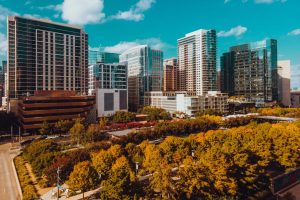







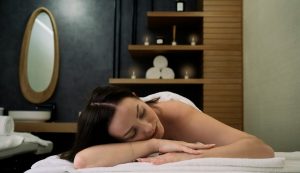
![11 Best Alternatives to Bedpage: Your Ultimate Guide [March 2024]](https://massage.dating/wp-content/uploads/2024/03/Best-Alternatives-to-Bedpage-300x200.jpg)

